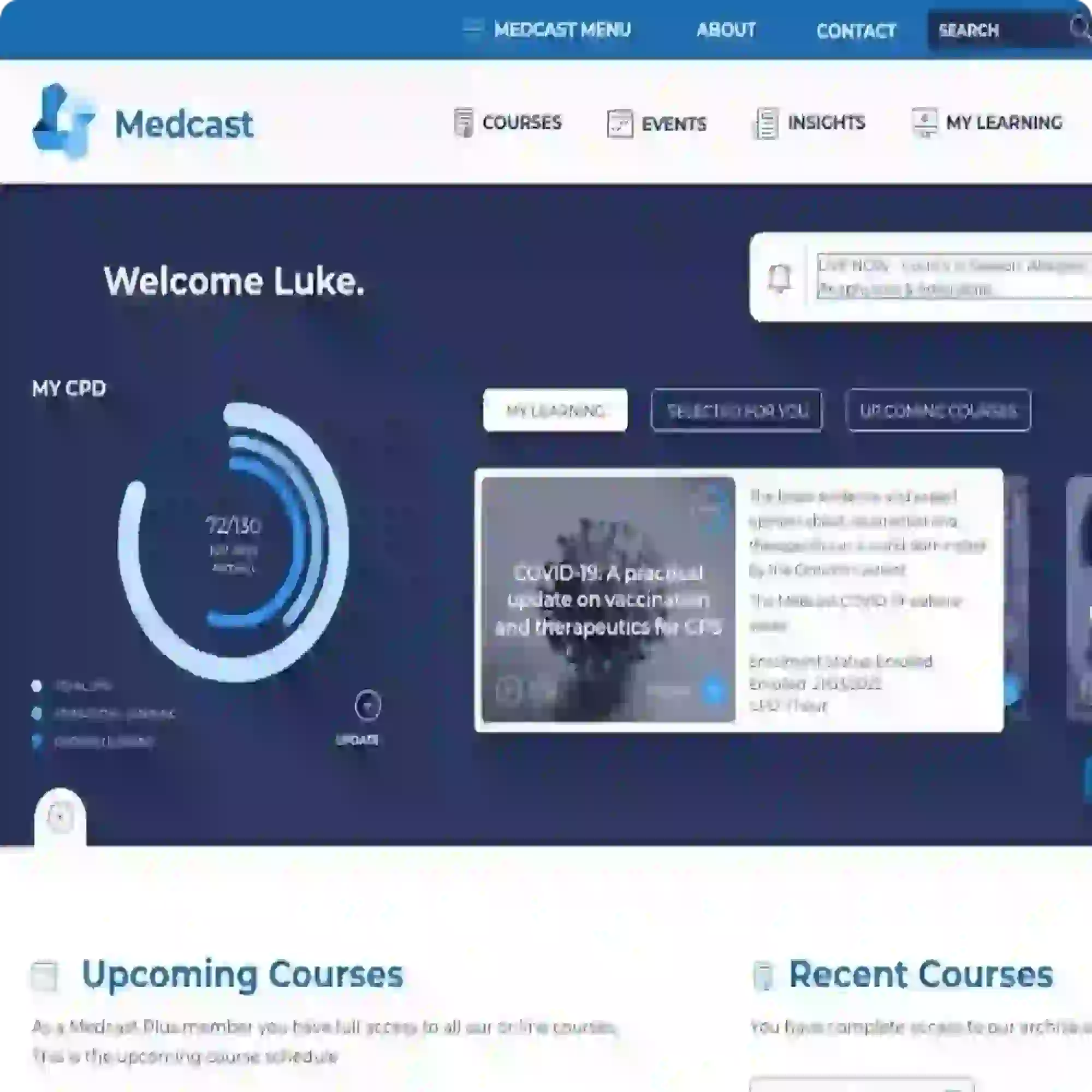What we all need is more hygge!
Is that a typo in the title? Should it say hugs? Well, “hugs” is getting close but not really quite there.
Hygge (pron something like “hoogah”) does not have a direct English equivalent but is said to mean something like the emotional warmth that comes from being surrounded by loving family and friends. It’s roughly equivalent to “cosy” with a bit of additional emotional warmth. The Danish tourism website talks about candles, open fires and woolly socks. It occurs to me that a conversation about this concept may be a therapeutic one.
But, what is it about me (or is it the job I do) that the first thing I think is “What if you don’t have any loving family and friends”? and, what's more, what if you live in a warm climate!
Cynicism aside, I do think there is something to be said for exploring the notion a little bit more:
The conversation might start with something like: “Can you tell me about something that gives you a feeling of warmth and well being? Is there anything you remember from your past that gave you that feeling? Was/is it always with someone else that you get that feeling or are there times when you were on your own that you experienced that warm inner glow?”
The answers might include things like: “Breast feeding my babies; sitting in the sun on the back step when I was a child; driving through the countryside on a warm autumn day; listening to the sound of rain on the roof, especially if I can smell it, especially if there is a breeze, especially if I’m lying on my bed or sitting in my car.” There’s a whole therapeutic conversation that can start from any of these places.
I’m sure you know Wordsworth’s poem about daffodils. Have you ever read it all the way through? Since you were an adult I mean – since you knew about visualisation as a part of meditative practice. If you go back to read it again you might be surprised by the last verse:
For oft, when on my couch I lie
In vacant or in pensive mood,
They flash upon that inward eye
Which is the bliss of solitude;
And then my heart with pleasure fills,
And dances with the daffodils.
It’s actually about remembering and visualising pleasant, even joyful, experiences.
Narrative therapists know about the importance of memory in the story of our lives. For example they have a technique called “re-membering” which draws out memories of half remembered people who had a different and positive perspective to the patient’s dominant narrative of their life. That process nudges the narrative towards positivity.
Maybe if we start with a conversation about “hygge” moments we too can help our patients tell a new and more positive story about their lives.

Gerhard is a full professor of Clinical Psychology at Linköping University, Sweden since 2003, an
d affiliated researcher at the Karolinska Institute, Sweden. Professor Andersson is an internationally recognized researcher in the field of CBT delivered through information and communication technology, as well as the author of the book “The Internet and CBT: a clinical guide”.
UPDATED
The PTSD Program for people with Post Traumatic Stress Disorder.
Do you know anyone who has difficulty motivating themselves to exercise? I think we all know people who get too depressed to exercise or too anxious to leave the house. But there are other people who, despite a lack of “diagnosis”, find exercise hugely difficult to contemplate.
As someone who has practiced medicine for almost four decades I have had the opportunity to observe firsthand the upsurge in the use of opioid pain killers in non-cancer pain.

